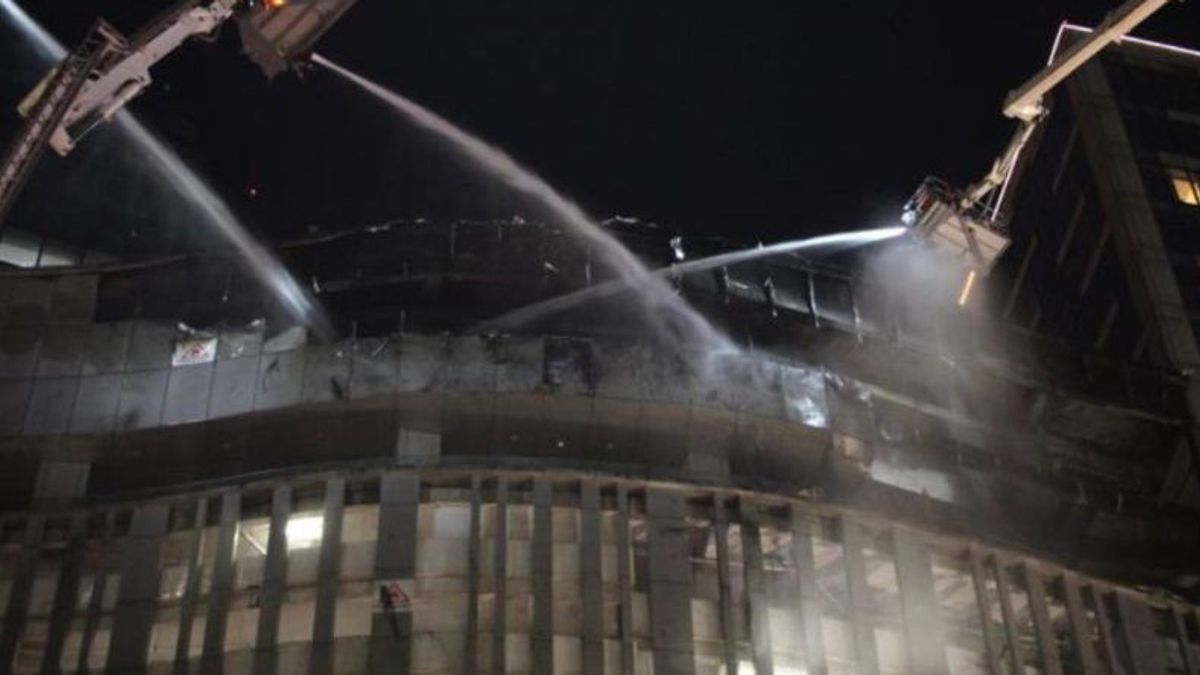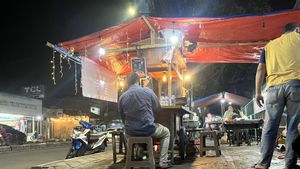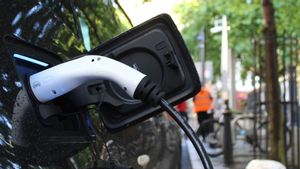SURABAYA - Head of the Forensic Laboratory of the Police Surabaya Branch Kombes Sodiq Pratomo explained the cause of the fire that occurred at the Tunjungan Plaza 5 Surabaya shopping center some time ago.
"Laboratory results show that the source of the fire that triggered the fire came from heat accumulation during a loose contact at one of the lighting cable terminals," said Kombes Sodiq Pratomo in Surabaya as reported by Antara, Wednesday, April 27.
The lighting cable terminal that has loose contact is located on the ceiling of the cinema terrace on the 10th floor of the building.
Due to the loose contact, the terminal components of the lamp on the ceiling melted and burned the cable insulation.
The sparks that appear then get bigger after hitting flammable material media, such as plastic, wood, paper around the ceiling area of the building. Loose contact that occurs on a screw terminal lighting lamp.
"In the lamp terminal screw. Usually it is installed in the terminal, then it is tightened (locked) using screws," he said.
Regarding whether or not there was an element of intent to trigger the TP-5 fire which had been found by the Surabaya Branch of the National Police Labfor, Kombes Sodiq was reluctant to reveal it.
According to him, this is the authority of the Surabaya Police investigators who handle the case.
The laboratory results have been reported to the Satreskrim Polrestabes Surabaya and the Public Relations Division of the East Java Police.
"That's the investigator's domain. It needs further investigation," he said.
As an education, Kombes Sodiq explained that the mention of the term electric short circuit was commonplace in the vocabulary of the general public when they encountered a fire incident.
In fact, there are three kinds of causes of electrical short circuit that have the potential to be the initial trigger of a fire, namely first, overload.
Electrical short circuit due to overload is more likely due to the cable's capacity not being able to withstand the rate of electric current so that heat occurs in the cable, then the cable wrapping layer melts and hits flammable objects nearby.
Second, leakage of electric current. Short circuits caused by electrical leakage are more likely to occur when cables are next to each other, exposed to water, or the condition of the wrapping layer is open. "It doesn't stick, but it could get sparks out," he said.
Third, loose contact. Short circuits caused by loose contacts are more likely to occur when someone is unplugging a plug with a loose hole.
Usually, Kombes Sodiq continued, the condition of such plugs could trigger an electric spark that could potentially trigger a fire.
"If this is often when you remove a loose plug, a spark will appear. Now, what is happening now (the case of the TP-5 fire), there is a loose contact at the terminal towards the lamp," he said.
Therefore, he appealed to the public to pay more attention to the quality of the electrical equipment used in their residential buildings.
"First, the public is advised to use electrical equipment that has good quality or SNI standards," he said.
Second, the public is advised not to use plugs in stacks to distribute the electrical system in their house or workplace.
Third, when it is found that there are early symptoms of an electrical short circuit, the community immediately turns off the main current source of the electricity supply in the building.
Before then intervention handling the next emergency date. Such as spraying with a light fire extinguisher (APAR) made of powder, or with water through a hydrant.
The English, Chinese, Japanese, Arabic, and French versions are automatically generated by the AI. So there may still be inaccuracies in translating, please always see Indonesian as our main language. (system supported by DigitalSiber.id)













